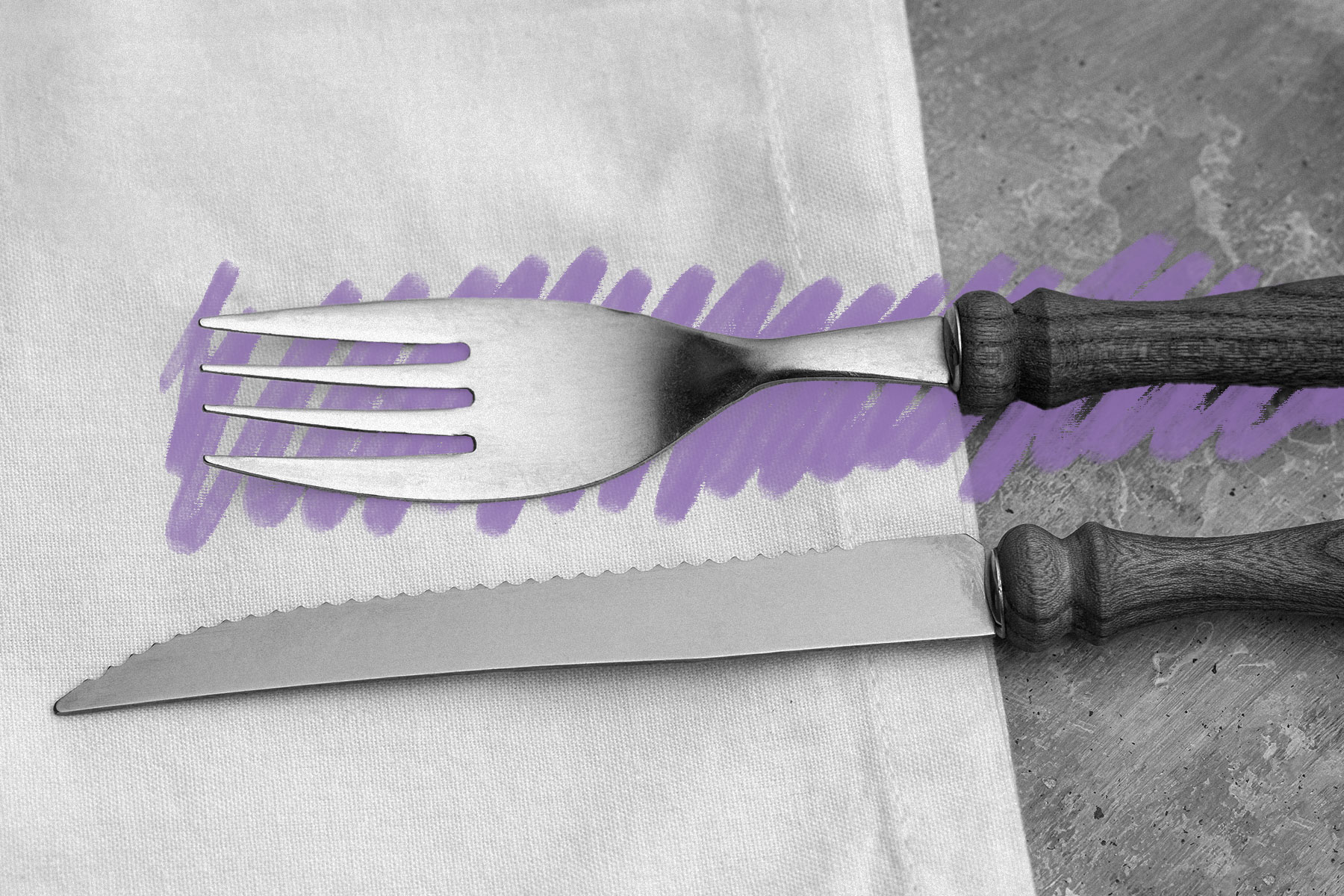The utensil medieval people thought was sinful
Saturday, August 31, 2024
While forks are now a mundane and commonplace item at most dining room tables, they were once quite controversial. |
| |
| |
|
 |
|
| W hile forks are now a mundane and commonplace item at most dining room tables, they were once quite controversial. In the Middle Ages, many Christian Europeans considered the act of eating with a fork to be a sinful affront to God. According to some clergymen of the time, God had already given human beings 10 natural forks, in the form of the fingers on their own hands, so daring to use an artificial accessory to spear food was an offense to the Lord and his divine gifts. Not only did using a fork insult the fingers that God gifted to humanity, the thinking went, but it also insulted the food God had provided: To use a fork meant you thought the Lord's bounty was unworthy of being touched by your hands. Forks were so frowned upon in medieval European society that when a Byzantine princess living in Venice died of the plague, her death was said to be God's punishment for her ostentatious and hubristic custom of eating her food with a fork. |
|
|
| The supposedly sinful nature of forks is likely one reason it took so long for the utensils to become widely accepted by European society. While forks had existed since the days of ancient Egypt and ancient Greece, they were predominantly used for cooking, and rarely, if ever, appeared for personal use at the dinner table. Using forks for eating wasn't a regular practice in Europe until the 17th century, and even then their popularity was limited largely to the aristocracy. It wasn't until the late 19th century that forks became widely accepted at all levels of European society as the everyday eating utensils we know today. |
|
 |  |
|
|
 |
|
| |
|
| Height (in feet) of the world's tallest fork, located in Fairview, Oregon | | | 37 |
| | | Albums the music blog Pitchfork has rated a perfect 10 since its 1995 launch | | | 11 |
| | | Albums the music blog Pitchfork has rated a perfect 10 since its 1995 launch | | | 11 |
|
|
|
| Types of forks present at a standard formal dinner (salad fork, dinner fork, and dessert fork) | | | 3 |
| | | Amount paid at auction for a silver spoon made by Paul Revere | | | $32,500 |
| | | Amount paid at auction for a silver spoon made by Paul Revere | | | $32,500 |
|
|
|
 |
|
 | | Did you know? |
|
|
Chopsticks became popular in part because Confucius was opposed to knives. |
|
| The evolution of eating utensils took a different path in Asia than it did in Europe, and one of the most notable distinctions between the two culinary cultures is the widespread use of chopsticks in Asian cooking and dining. Archaeological evidence suggests that chopsticks were used in ancient Chinese societies dating back to at least 1200 BCE, when they were used to pull food from boiling pots. Much like the fork, chopsticks made a gradual migration from the kitchen to the dining table. By 400 CE, a shortage of cooking fuel across Asia forced chefs to chop food into smaller pieces that would cook faster, and as a result, diners began using chopsticks to eat, as there was no need for knives. This practice was also expedited due to the teachings of the influential philosopher Confucius (551 to 479 BCE), who wrote that "the honorable and upright man… allows no knives on his table." Confucius preached a philosophy of nonviolence, and viewed both forks and knives as violent weapons that were more suitable for killing than for eating. The use of chopsticks became deeply ingrained in Chinese culture, and soon became ubiquitous in countries across Asia. |
|


posted by June Lesley at 4:01 AM











![]()
![]()





0 Comments:
Post a Comment
<< Home